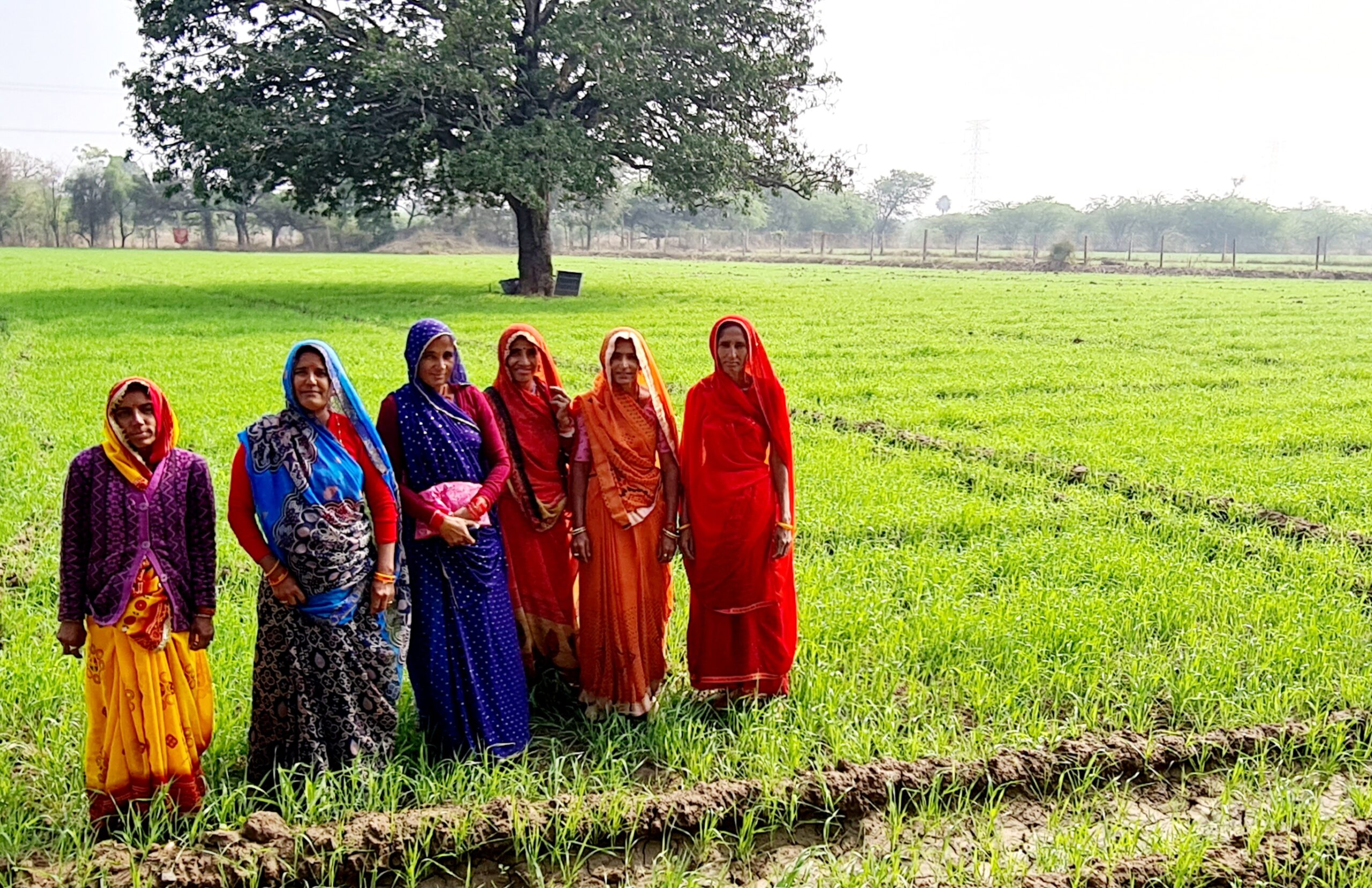By Neena Bhandari
Sydney, 23.10.2024 (SciDev.Net): Every year, 24 October is observed as World Polio Day, while the whole month is designated to raising awareness of the disease. Polio or poliomyelitis is a highly infectious, crippling and sometimes even fatal disease, which mainly affects children under five, and can be prevented with a vaccine. In 1988, the World Health Assembly, WHO’s decision-making body, committed to eradicating polio and this is close to being achieved.
The awareness day and month emphasise the importance of maintaining high immunisation coverage to protect every child from this disease and prevent it from returning. But it is also an opportunity to highlight the lifelong consequences faced by those who survived the disease and the urgent, less understood and often neglected need to invest in their medical care and rehabilitation.
Many polio survivors, including those with non-paralytic polio or undiagnosed polio, face the threat of debilitating late effects of the disease several decades after their initial illness. They are at risk of experiencing the Late Effects of Polio (LEoP) and/or its subset Post-Polio Syndrome (PPS), which can lead to decreased mobility and muscle function.
Symptoms of LEoP include muscle weakness, joint and muscle pain, severe fatigue, increased sensitivity to temperatures, and a range of biomechanical symptoms such as osteoporosis and scoliosis. These usually occur 15 to 40 years after the initial polio illness.
Similar symptoms may be seen in PPS, along with loss of muscle function and difficulties with sleeping, breathing and swallowing.
But while much attention is given to vaccination against polio, LEoP and PPS are often overlooked by the medical and public health community.
Supporting survivors
Frequent epidemics saw polio become the most feared disease in the world during the late 19th century to mid-20th century. Widespread immunisation has now practically eliminated polio worldwide.
Pakistan and Afghanistan are the last two countries in the world where polio remains endemic.
The WHO South-East Asia Region, a bloc of 11 countries stretching from Indonesia to India, was certified polio-free in 2014. Africa became the fifth region to be certified wild poliovirus-free in 2020.
But even as the world moves closer to eradicating polio, there is a critical need to replicate the vaccination success against the disease to focus on the rehabilitation of survivors and improving their lives.
In many resource-poor countries, polio survivors with paralysed lower limbs often crawl. Others hobble or hop on one leg. Some use a hand to stabilise the knee while walking. This leads to secondary deformities.
More investment is urgently needed in research and development of low-cost, culturally and climatically suitable orthosis – such as splints or braces – to prevent deformities and support mobility of polio survivors. The WHO’s Guidelines for the Prevention of Deformities in Polio offers a useful resource.
Also, polio survivors could be more sensitive to medications and anaesthetics, which could place them at risk. Anaesthetists and surgeons need to be aware of a patient’s history of poliomyelitis.
Many governments have introduced legislation and subsidies for transport, orthotics and other medical interventions for people living with disabilities. Some charities provide motorised wheelchairs, three-wheeled scooters, or modified automatic cars to polio survivors to enable them to pursue education and employment.
However, improving accessibility at home and in public spaces and making rehabilitation services affordable and accessible, remain key issues of concern.
Post-polio data
Recent outbreaks of vaccine-derived polio, for example in Indonesia and Gaza, highlight the need for continued vigilance and immunisation efforts to protect vulnerable populations.
But this shouldn’t be at the expense of providing for the needs of polio survivors.
A major problem is the absence of official data on the number of polio survivors, especially in low- and middle-income countries. In India, where there were as many as 200,000 new cases a year in the 1970s, the number of people who have survived polio likely runs into millions. Many of these survivors could now be facing LEoP or PPS.
It is essential to create a comprehensive database of polio survivors to document their challenges and shape future research and healthcare strategies.
Support platforms such as Post-Polio India can help establish an online repository of information on LEoP and PPS for polio survivors, their families and health professionals so they can access the much needed medical and technical interventions that become necessary as polio survivors age.
The platform could also point them towards legal and social benefits that can help them lead independent and productive lives.
More broadly, multi-disciplinary teams – comprising rehabilitation specialists, physiotherapists, orthotists and occupational therapists – educated and trained in recognising and treating the debilitating effects of LEoP and PPS, are needed to treat and support polio survivors.
Experts recommend managing fatigue and pain through pacing, prioritising and delegating daily activities and adopting gentle exercise, such as, hydrotherapy and physiotherapy, to maintain muscle strength, core balance and prevent falls. Assistive technologies, such as wheelchairs, walkers, crutches and proper braces or callipers can also alleviate symptoms.
Many polio survivors in low- and middle-income countries are still very young. They will need treatment and support for several decades to come.
A comprehensive, multidimensional approach and collaboration between governments, policymakers, health workers, civil society, the private sector and most importantly polio survivors and their families, is needed to ensure the wellbeing of polio survivors worldwide.
Continue Reading on SciDev.Net
© Copyright Neena Bhandari. All rights reserved. Republication, copying or using information from neenabhandari.com content is expressly prohibited without the permission of the writer and the media outlet syndicating or publishing the article.



